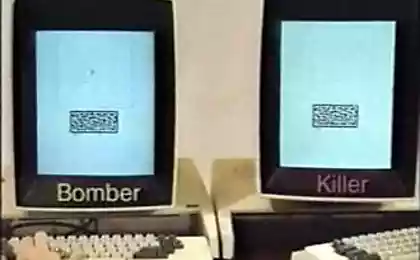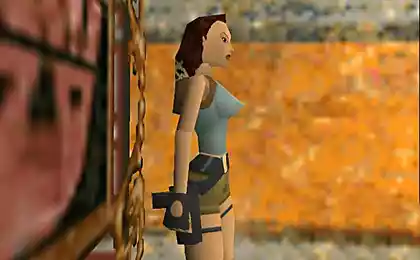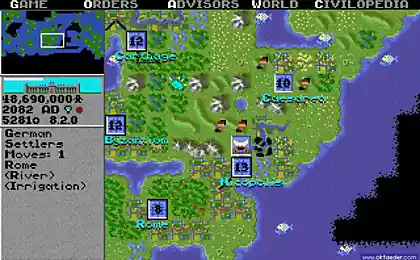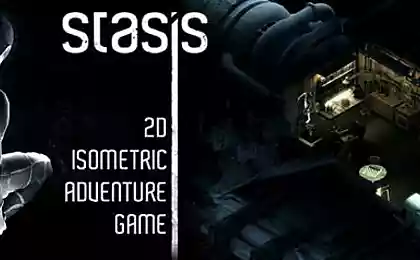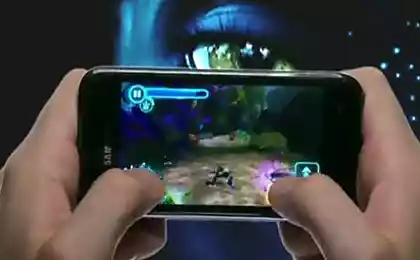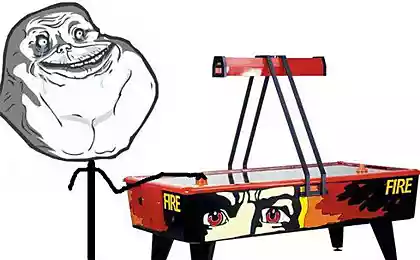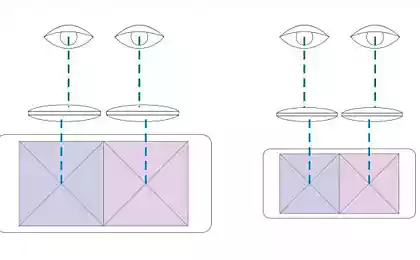668
How to protect video games from up 30 years ago
30 years ago did not exist, and CD-Key authorization because the producers of video games as they could excelled in trying to confront piracy. In the continuation of this post take a look at the most original ways of dealing with pirates 30 years ago and learn about their effectiveness. Be sure to read on!
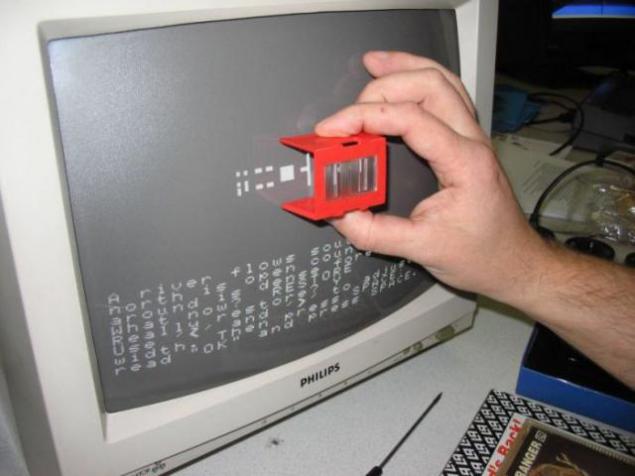
In the early 80s a few games for home computers such as the Commodore 64 and ZX Spectrum came with an unusual device. Before starting the game, the screen displays an encrypted code that is needed to decode, looking at it through the lens of the device. The plastic plate was the lens through which the player can recognize the code that is displayed on the monitor. Decipher the code must be entered in a command-line, then opened a full access to the game. If the code is entered incorrectly, the message "Thank you for your interest in our product. Nice try ».
The code has been calibrated to display on monitors common at the time of the diagonals, but the biggest or the smallest screens cipher could not see. In addition, protection is easy to hack - it was enough to be able to program a little bit. Everything else, complete with many games for some reason, there are versions of the device for other products, which is why it was not possible to decode the code and, accordingly, to run the game.
Numerous complaints of angry players finally destroyed the reputation of an unusual device. Many owners of licensed copies could not start the game as a result even those games that initially used Lenslok, republished without any protection.
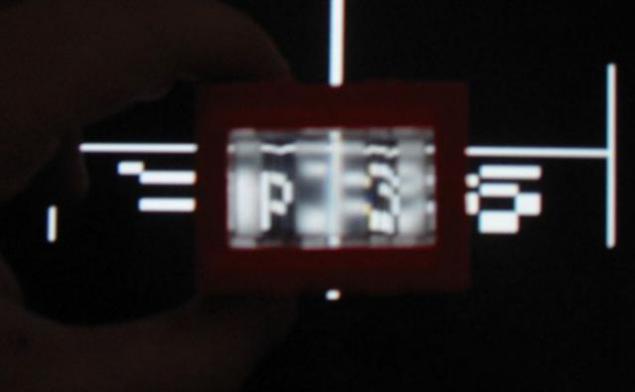
In 1985, Nintendo released in Japan accessory Famicom Disk System for their eight-console allows games to run from a floppy disk. Projects, released exclusively for FDS, were the first games with the ability to save - itself a floppy disk with the game at the same time and used as a memory card. Among those games was The Legend of Zelda, Final Fantasy, Metroid, and other later released for the Famicom classic media, but with built-in battery. In contrast to conventional cartridges, floppy was very easy to write and re - possessing a computer, anyone can copy their contents. To prevent piracy, Nintendo developed a unique format floppy disks that do not fit into the standard floppy drive and defended game copy. In addition, the spine of the diskette was a large company logo engraved, which served as the main obstacle to the dishonest players - floppy without engraving could not be established in the FDS, as the drive device required physical contact with the grooves in the form of the inscription "Nintendo" on the floppy disk. < br />
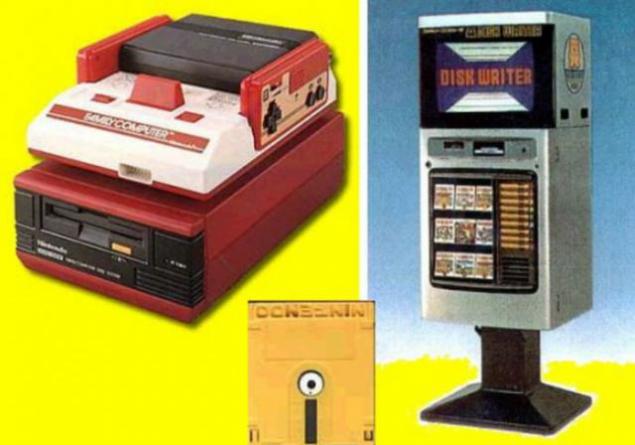
Across Japan, it was established more than 3 thousand. Official machine, which in turn can be selected to record a pre-purchased the game disk. The machine recorded the code of the game to the media in front of the customer. Initially, the scheme worked, and FMD does not read a floppy disk without engraving, even if they recorded an identical copy of the official information. Experience in planning and transfer to the North American market, but in the end the pirates yet learned to copy the floppy disks Nintendo, and the practice has spread so widely that the instructions for playing illegal copies were distributed in stores, even video games.
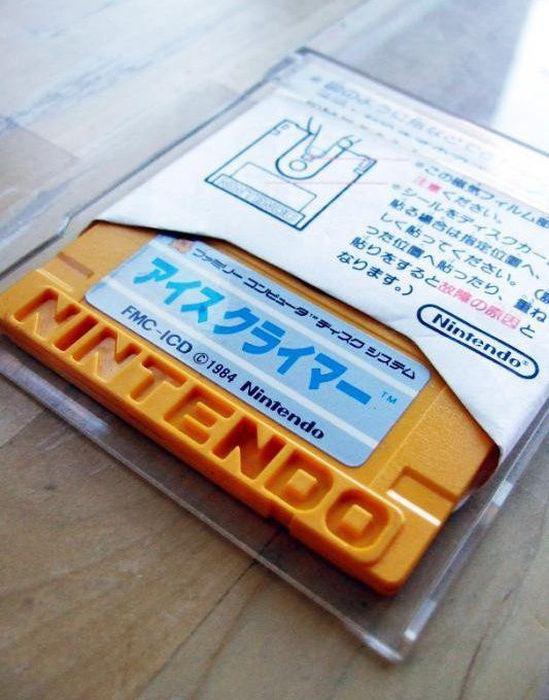
Some games use their own method of dealing with piracy. In the late 80's complete with a copy of the game for the PC can be found printed instructions, just having the player to perform the required action from him and run the game.
For example, in 1988 the game Leisure Suit Larry Goes Looking for Love (in Several Wrong Places) before running shows images of women. To unlock the screen, you need to find the same picture in the instructions and enter a command-line in the telephone number next to the image of a certain girl. Similar puzzles encountered in games Ski Or Die and 4D Boxing. This was long before the mass distribution of scanners, so a role resourceful method of protection is likely to play.
Electronic Arts has always been famous for sophisticated methods of combating illegal distribution of their games. Long before many curses online mode in the latter company sold SimCity game StarFlight (1986) complete with a cardboard wheel. Each time before starting the game the ship are asked to enter a code from the two words, where the players get, turning the wheel. In a similar way from the pirates were trying to protect the Monkey Island in 1990. With the game supplied cardboard wheel, which depicted the face of pirates and combinations of numbers. Periodically to continue the game needed to turn the wheel and enter the number corresponding to the person displayed a pirate.
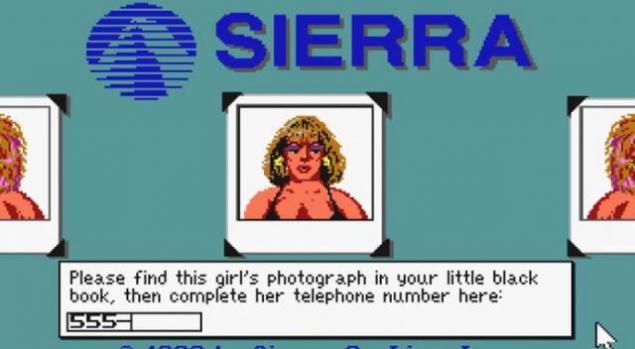
But the most common method of protection was the basic task in the spirit of "Enter the thirteenth floor in the fifth row on the seventh page," which dealt only with the official printed instructions. Such a method is used, for example, X-COM: UFO Defense (1994), the original Bard's Tale (1985) and Buzz Aldrin's Race Into Space (1993).
Despite the fact that the copy instruction in the home was difficult, this method of combating piracy, too quickly faded even before the spread of the Internet. The role played by word of mouth - the right combination of players wrote out by hand and shared answers.
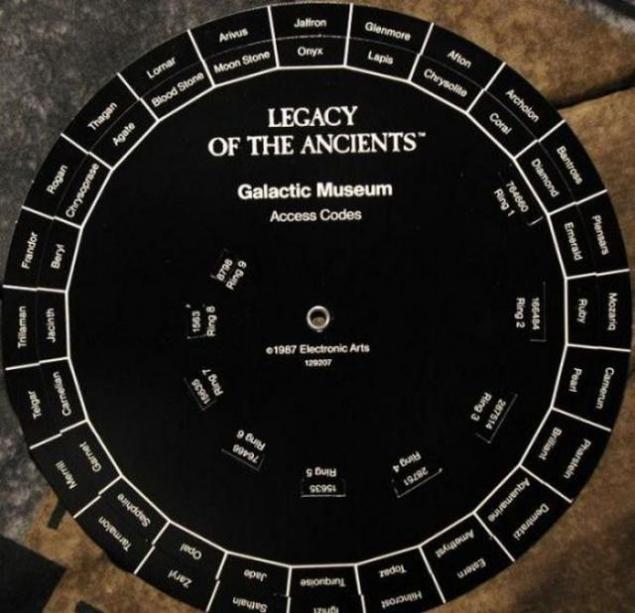
1980 programmer Pete Dawson decided to protect the first version of its text editor Word Craft with physical dongles that may be connected to a computer.
Devices inserted into the 21-pin and 9-pin connectors on the computer. Without the key the program just will not start. I must say that was a definite effect - Word Craft legal sales have doubled. But success was doubtful, because to justify the expensive production of the protective device, sales would have increased six-fold.
Version of the game Bomberman for the Amiga home computer in 1991, also used a dongle. Connected device calculated the time limit during the passage of each level. If your computer can not detect the key, the time was recorded at zero, and the game became impassable.

Here

In the early 80s a few games for home computers such as the Commodore 64 and ZX Spectrum came with an unusual device. Before starting the game, the screen displays an encrypted code that is needed to decode, looking at it through the lens of the device. The plastic plate was the lens through which the player can recognize the code that is displayed on the monitor. Decipher the code must be entered in a command-line, then opened a full access to the game. If the code is entered incorrectly, the message "Thank you for your interest in our product. Nice try ».
The code has been calibrated to display on monitors common at the time of the diagonals, but the biggest or the smallest screens cipher could not see. In addition, protection is easy to hack - it was enough to be able to program a little bit. Everything else, complete with many games for some reason, there are versions of the device for other products, which is why it was not possible to decode the code and, accordingly, to run the game.
Numerous complaints of angry players finally destroyed the reputation of an unusual device. Many owners of licensed copies could not start the game as a result even those games that initially used Lenslok, republished without any protection.

In 1985, Nintendo released in Japan accessory Famicom Disk System for their eight-console allows games to run from a floppy disk. Projects, released exclusively for FDS, were the first games with the ability to save - itself a floppy disk with the game at the same time and used as a memory card. Among those games was The Legend of Zelda, Final Fantasy, Metroid, and other later released for the Famicom classic media, but with built-in battery. In contrast to conventional cartridges, floppy was very easy to write and re - possessing a computer, anyone can copy their contents. To prevent piracy, Nintendo developed a unique format floppy disks that do not fit into the standard floppy drive and defended game copy. In addition, the spine of the diskette was a large company logo engraved, which served as the main obstacle to the dishonest players - floppy without engraving could not be established in the FDS, as the drive device required physical contact with the grooves in the form of the inscription "Nintendo" on the floppy disk. < br />

Across Japan, it was established more than 3 thousand. Official machine, which in turn can be selected to record a pre-purchased the game disk. The machine recorded the code of the game to the media in front of the customer. Initially, the scheme worked, and FMD does not read a floppy disk without engraving, even if they recorded an identical copy of the official information. Experience in planning and transfer to the North American market, but in the end the pirates yet learned to copy the floppy disks Nintendo, and the practice has spread so widely that the instructions for playing illegal copies were distributed in stores, even video games.

Some games use their own method of dealing with piracy. In the late 80's complete with a copy of the game for the PC can be found printed instructions, just having the player to perform the required action from him and run the game.
For example, in 1988 the game Leisure Suit Larry Goes Looking for Love (in Several Wrong Places) before running shows images of women. To unlock the screen, you need to find the same picture in the instructions and enter a command-line in the telephone number next to the image of a certain girl. Similar puzzles encountered in games Ski Or Die and 4D Boxing. This was long before the mass distribution of scanners, so a role resourceful method of protection is likely to play.
Electronic Arts has always been famous for sophisticated methods of combating illegal distribution of their games. Long before many curses online mode in the latter company sold SimCity game StarFlight (1986) complete with a cardboard wheel. Each time before starting the game the ship are asked to enter a code from the two words, where the players get, turning the wheel. In a similar way from the pirates were trying to protect the Monkey Island in 1990. With the game supplied cardboard wheel, which depicted the face of pirates and combinations of numbers. Periodically to continue the game needed to turn the wheel and enter the number corresponding to the person displayed a pirate.

But the most common method of protection was the basic task in the spirit of "Enter the thirteenth floor in the fifth row on the seventh page," which dealt only with the official printed instructions. Such a method is used, for example, X-COM: UFO Defense (1994), the original Bard's Tale (1985) and Buzz Aldrin's Race Into Space (1993).
Despite the fact that the copy instruction in the home was difficult, this method of combating piracy, too quickly faded even before the spread of the Internet. The role played by word of mouth - the right combination of players wrote out by hand and shared answers.

1980 programmer Pete Dawson decided to protect the first version of its text editor Word Craft with physical dongles that may be connected to a computer.
Devices inserted into the 21-pin and 9-pin connectors on the computer. Without the key the program just will not start. I must say that was a definite effect - Word Craft legal sales have doubled. But success was doubtful, because to justify the expensive production of the protective device, sales would have increased six-fold.
Version of the game Bomberman for the Amiga home computer in 1991, also used a dongle. Connected device calculated the time limit during the passage of each level. If your computer can not detect the key, the time was recorded at zero, and the game became impassable.

Here


